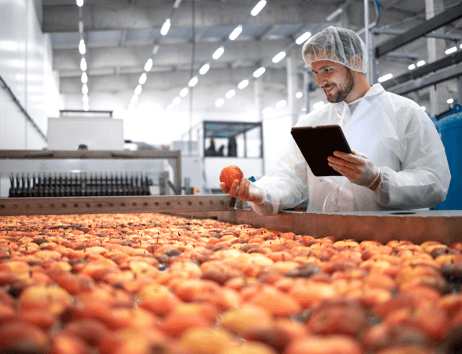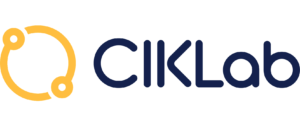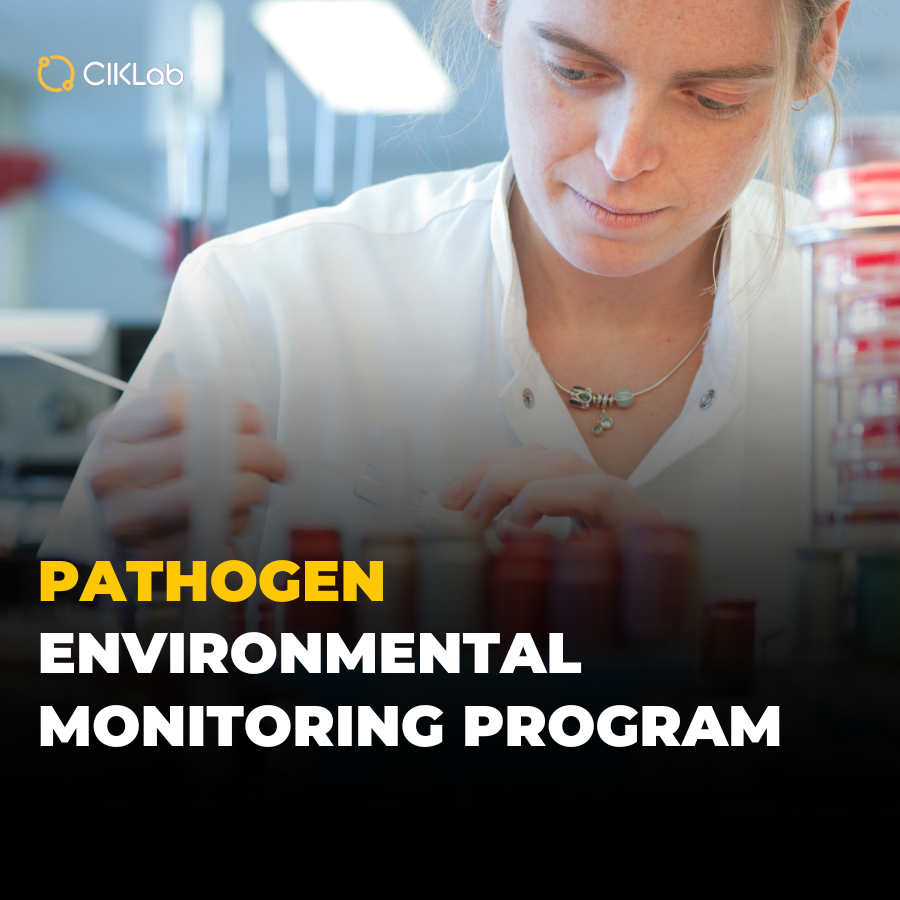
Summary :
1) What is a monitoring plan in the food industry ?
2) What are the different types of monitoring plans in the food industry ?
3) How can you automate your analytical monitoring plans with CIKLab?
3) Why is CIKLab the best solution for monitoring plans?
What is a monitoring plan in the food industry ?
In the food industry, quality control tests are grouped into a structured set of analyses known as the self-monitoring plan. Its aim is to ensure product compliance with criteria, standards, and regulations that are designed to guarantee food safety.
For most manufacturers, these self-monitoring plans are often divided into two main categories :
- The quality control plans
- The monitoring plans
The control plan generally deals with the release analyses that need to be performed on a batch. These analyses are carried out systematically and sometimes periodically. The monitoring plan, on the other hand, allows in the majority of cases to track and monitor specific contaminants at intervals that vary depending on the chosen frequency.
Control plans and monitoring plans are developed following a risk assessment that lists all hazards, their criticality, their means of detection, and control.

What are the different types of monitoring plans in the food industry ?
The monitoring plan has various meanings, ranging from monitoring a product or a process to monitoring a procedure. The objective of a monitoring plan is to verify and ensure that a product, process, or procedure does not deviate and is considered to be 'under control'.
Monitoring plans for quality control department
Staying pragmatic, for quality control services in the food industry, the monitoring plan and the control plan are sometimes interlinked, but the monitoring plan is often associated with controls and the detection of contaminants.
It verifies that all control measures taken throughout the manufacturing process keep the potential presence of these contaminants below regulatory thresholds and/or those defined in the risk assessment. This might include, for example, mycotoxins in cereal-based raw materials, or the emergence of 'neo-formed' compounds during a manufacturing process like acrylamide. Thus, this type of plan helps keep under surveillance: the manufacturing environment, the product, the process, and the [Product & Process] combination.
Examples of monitoring plans :
- Raw material monitoring plan
- Process monitoring plan
- Packaging monitoring plan
- Water monitoring plan
- Environmental monitoring plans
How can you automate your analytical monitoring plans with CIKLab?
CIKLab will change the way you manage your analytical monitoring plans, simplifying the process of creating and managing all your control plans.
# Selecting and integrating analyses
What to check? Which analyses to choose?
CIKLab lets you easily integrate the analyses proposed by your third-party labs. You can organize them by category, method and technique, and associate essential parameters such as costs, lead times and quantities. This integration is intuitive, thanks to a drag-and-drop functionality that links selected analyses directly to your control plan.
#Automatic links to laboratories
Selecting a laboratory is very easy in CIKLab.
For each analysis added to your plan, the application automatically establishes a connection with a reference laboratory. You also have the freedom to add other secondary laboratories to create a true network of subcontracting laboratories.
# Choice of analysis frequency
CIKLab goes beyond basic periodicities such as “1/year”.
When creating an inspection plan, the application allows you to define the frequency of each analysis in your product inspection plan. CIKLab then automatically calculates the due dates for all your tests!
# Automatic reminders of checks
CIKLab guides you through each batch.
For each batch created in the application, CIKLab shows you which analyses must be carried out systematically and which are periodic. A simple click is all it takes to order analyses, launch and monitor controls.
Why is CIKLab the best solution for monitoring plans?
The CIKLab application is a unique solution for managing all aspects of food control and monitoring planning. Specifically designed to be simple, pragmatic and close to “field” realities, it manages :- Analyses (internal and external),
- Subcontracted laboratories,
- Specifications
- Analysis frequencies.
- Schedules and automatic reminders
What are the advantages of CIKLab for managing monitoring plans?
CIKLab has been specially designed to meet the management needs of analytical control plans in the food industry. This application offers undeniable added value in terms of planning, subcontracting analyses and managing external laboratories.
Whether using CIKLab on its own or connecting it to other tools, Food Quality Managers benefit from the best approach to comprehensive and efficient management of monitoring plans.
Customization and automation of analysis frequencies : the application enables you to define precise analysis frequencies, automates deadlines and guarantees regular controls, so you'll never miss a deadline again!
Automatic test planning : CIKLab automates test planning with subcontracting laboratories, for efficient management of monitoring plans. It automatically calculates and reminds you of deadlines for your periodic analyses.
Simplified analysis management : CIKLab facilitates the integration and organization of analyses, reducing errors and enabling you to work with a network of specialized laboratories that are always up to date.
©2024 CIKLab.com All rights reserved.






